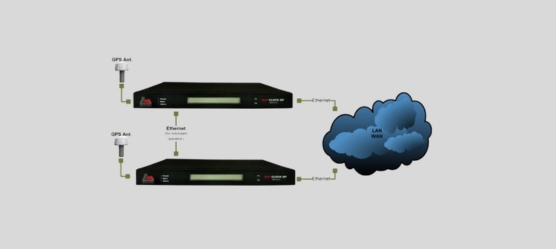Why do we need to synchronize clocks?
Many automation systems are made up of different devices, such as computers, controllers, and PLCs. Each device has a clock that tells the time. But these clocks are not perfect, and they can be wrong or change over time. This means that the devices may have different times, and this can cause problems. To avoid these problems, we need to make sure that all the devices have the same time. We do this by synchronizing their clocks with a common time source. This is especially important when we want to connect multiple systems together and exchange information quickly because we need the devices to agree on the time.
Another reason why clock synchronization is important in an industrial network is that it helps us to find and fix problems that happen in these systems. We can do this by looking at the records of the events that happened in the automation systems. These records have time stamps that tell us when the events occurred. However, these time stamps are only useful if they are accurate and consistent across the devices.
How do we synchronize clocks?
A clock synchronization system has three main parts: a time source, a clock synchronizer, and a synchronization protocol. In a sample system, the synchronizer gets the time data from the time source and uses the synchronization protocol to make the clients have the same time.
clock synchronization system
time source → clock synchronizer → communication sector

